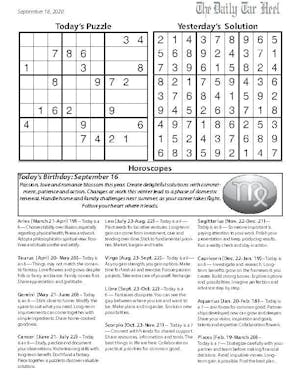In a postmodern look at the interconnectivity among people and events of the past, present and the future, “Cloud Atlas” is a film that will leave viewers feeling as though they’ve just experienced something unquestionably profound. It will not necessarily, however, leave viewers feeling completely satisfied.
The theme of love is one that plays a large role in each sub-plot. However, because of the short amount of time spent building up each narrative, characters and relationships are not established well enough to allow viewers to feel heartbroken or empathize when the couples are broken up by violence of one kind or another.
Although this is done in order to emphasize the idea of interconnectivity throughout time, it is often irritating when you realize that the Hanks, who was just playing a romantic scientist, is now a warrior-type member of a post-apocalyptic society.
Fans of the novel who see this film will notice changes in the plot here and there, but audience members who haven’t read the book (or haven’t done some kind of intensive research prior to going to the movie) might very well be incredibly confused and might feel the need to rewatch the movie for clarification.
Despite there being several flaws throughout “Cloud Atlas,” it’s hard to not let a lot of them slide solely for the reason that this project was an incredible task to take on.
Adding to that, even though half of the film was directed by The Wachowskis and the other half by Tom Tykwer, it’s put together seamlessly.
“Cloud Atlas” is undoubtedly a cinematic experience. With a $100 million budget, this risky film boasts incredible and exciting graphics.
Plot imperfections aside, viewers will experience a multitude of different emotions and will leave the theater questioning the meaning of truth and wondering whether or not, as the character Somni-451 ponders, “our lives are not our own, (but) we are bound to others, past and present.”
To get the day's news and headlines in your inbox each morning, sign up for our email newsletters.




